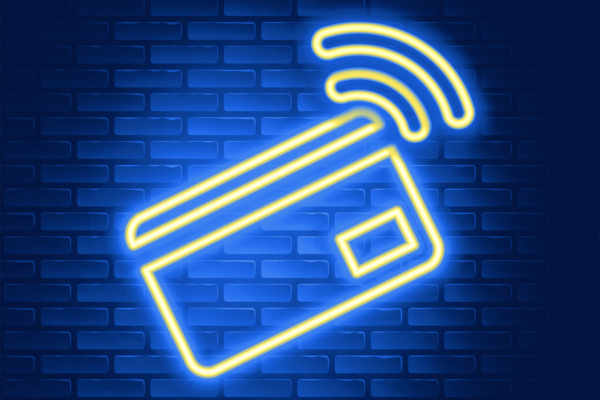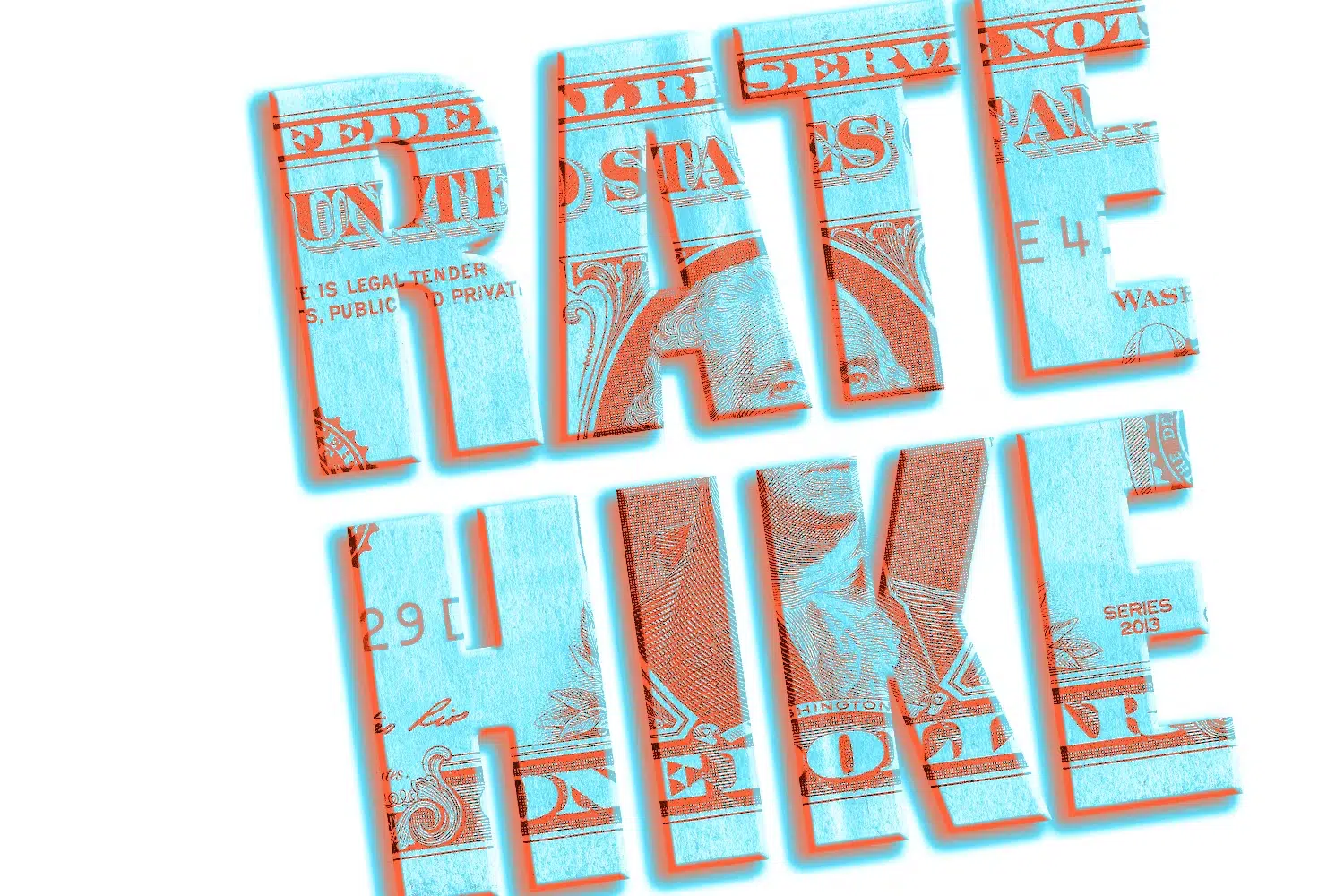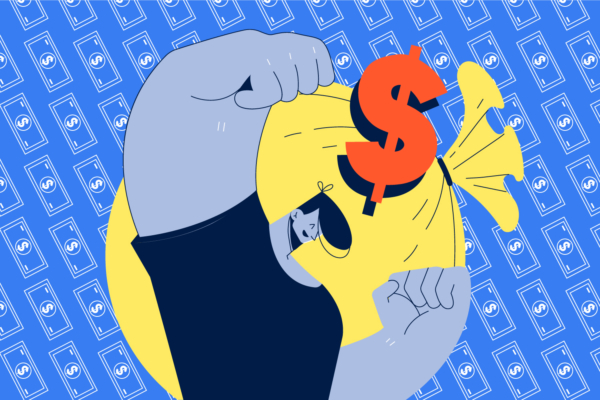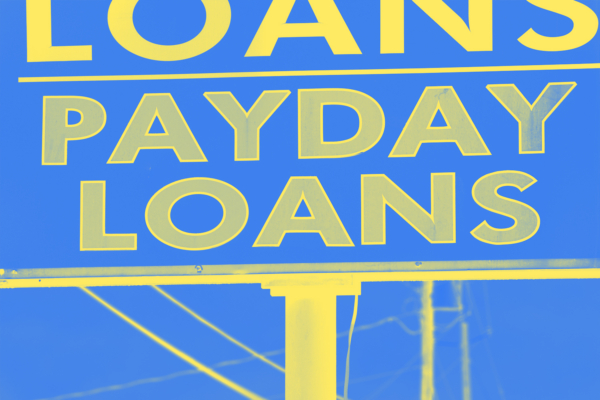
The Fed and Interest Rates: Explained

If you keep up with national or financial news, you’re probably heard the term “the Fed ” mentioned more than a few times— especially regarding interest rates. But while many of us have probably heard of the Fed, fewer are familiar with what they do, why they exist, and how they influence our economy. In this article, we’ll dive into the Federal Reserve, how it operates, and how it affects everyday consumers with its interest policies.
What is the Fed?
The Federal Reserve (known informally as “the Fed”) is the nation’s central bank. It was established in 1913 when President Woodrow Wilson signed the Federal Reserve Act in response to a financial panic that took place in 1907.
The Fed was designed to serve several purposes:
- Maintain financial stability
- Formulate and set monetary policy to promote stable prices and employment
- Act as a “lender of last resort” for the nation’s banks and depository institutions
- Regulate and supervise banks and other financial institutions
- Promote accessible and safe systems for U.S. dollar transactions
Additionally, the Fed has a duty to promote community development throughout the country. This is achieved through community reinvestment and research to improve our understanding of how financial services practices and policies affect consumers.
Keep Reading
Our “Take Control of Your Finances” series covers financial planning and budgeting.
Who runs the Fed?
Three key entities are responsible for operating the Fed: the Federal Reserve Banks (there are twelve), the Federal Reserve Board of Governors, and the Federal Open Market Committee.
Federal Reserve Banks
The Federal Reserve is partially composed of twelve regional banks that serve geographically determined districts. These banks are located in Boston, New York, Philadelphia, Cleveland, Richmond, Atlanta, Chicago, St. Louis, Minneapolis, Kansas City, Dallas, and San Francisco. The twelve districts operate independently but under the supervision of the Board of Governors.
The Federal Reserve Board of Governors
There are seven members that serve on the Board of Governors. Each governor is appointed by the president and confirmed by the Senate.
The Fed’s Board of Governors is responsible for setting reserve requirements and the discount rate, which is the interest rate that the Fed charges on loans made to financial institutions across the country.
Federal Open Market Committee
The Federal Open Market Committee (FOMC) is composed of the Federal Reserve Board of Governors, the President of the Federal Bank of New York, and the presidents of four other regional Fed banks who serve on a rotating basis.
The FOMC is the main policymaking body of the Fed. They typically meet eight times a year in Washington, D.C. to discuss the economy and monetary policy options, including the target range for the federal funds rate.
The Fed and Interest Rates
We mentioned that one of the primary functions of the Fed is to stabilize prices and maximize employment. One of the main ways that they accomplish this is through the management of long-term domestic interest rates, known as the federal funds rate.
When the economy is overly strong, the Fed typically responds by raising U.S. interest rates in hopes to keep inflation at bay. When the economy is sluggish, the Fed will lower rates in hopes of stimulating growth and encouraging spending.
How does the Federal Reserve affect consumer interest rates?
The federal funds rate is the interest rate that banks charge other institutions for lending excess reserves to one another. So how does this affect consumers?
Simply put, the federal funds rate is the benchmark for most U.S. interest rates. When the Fed suggests a higher interest rate for financial institutions, they in turn raise rates on their customers.
When the Fed lowers the federal funds rate, consumers can expect low rates on everything from student loans to home mortgages to credit cards. On the flip side, when the Fed raises rates, interest rates typically also go up.
The Fed and Mortgage Rates
Interest rates are commonly on the top of mind for potential homebuyers. Since interest payments make up a significant portion of mortgage payments, home buyers want to get the lowest rate possible.
It’s important to note that the Fed does NOT set or control mortgage interest rates. But they do influence them in two ways:
- They can raise or lower the federal funds rate as we mentioned above.
- They can buy and sell government securities, such as mortgage-backed securities. This is a type of bond that helps determine interest rates. When demand for securities is high, interest rates tend to be low.
That being said, if interest rates are running high on mortgages, you can watch for the Fed to take action to see some lower numbers. It’s worth noting that getting a low interest rate on a home mortgage can be achieved a number of other ways, including:
- Improving your credit score
- Shopping around for the most competitive lender
- Opt for a loan with a shorter term, such as a 15-year fixed rate
History of Federal Funds Rates
Since the recession of 2008, the Fed has kept a tight lid on U.S. interest rates. In fact, the Fed Funds rate went unchanged for seven years, locking in at 0% in December of 2008 and remaining there until December of 2015, when it was raised to 0.25%.
It spent a year at that rate before being raised to 0.50% at the Fed’s meeting in December of 2016. At their March 2017 meeting, they raised it once again, this time to 0.75%. The rate continued to rise gradually until its peak at 2.5% in December 2018.
In March 2020, when the COVID pandemic took hold globally, the economy took a major hit when businesses closed their doors for quarantines and lockdowns. The Fed lowered its rate to 0% in response. The Fed also began purchasing large amounts of mortgage-backed securities.
The current federal funds rate is expected to remain until late 2022, but the Fed has announced a tapering of their purchase of mortgage-backed securities.
What does tapering mean?
The Fed will continue to buy mortgage-backed securities, but gradually lower amounts until they stop buying entirely. Because the economy is constantly changing, their timeline for the tapering has also fluctuated over the last year.
Keeping Tabs on the Fed and Interest Rates
The Fed plays an important and complicated role in our nation’s economy. There are many, many more nuanced effects that the Fed can have on the economy and housing market. If you’re in the market for a home or other loan product, it might be worth consulting a loan expert about your upcoming financial decisions. While no one can predict the future, financial experts may be able to guide you toward a beneficial solution.
Looking for a new credit union?
Become a member today!




